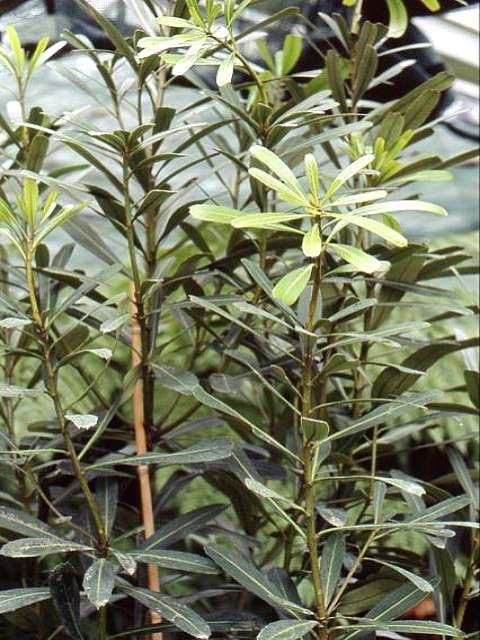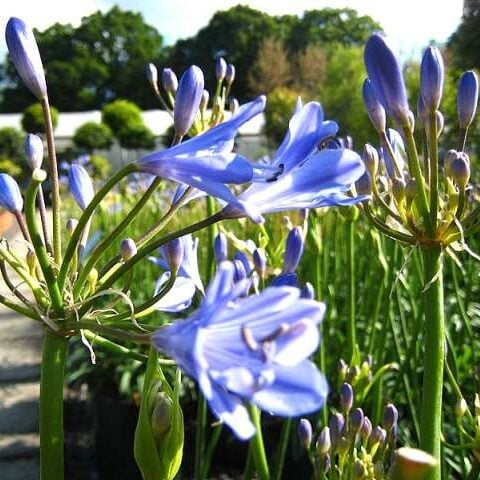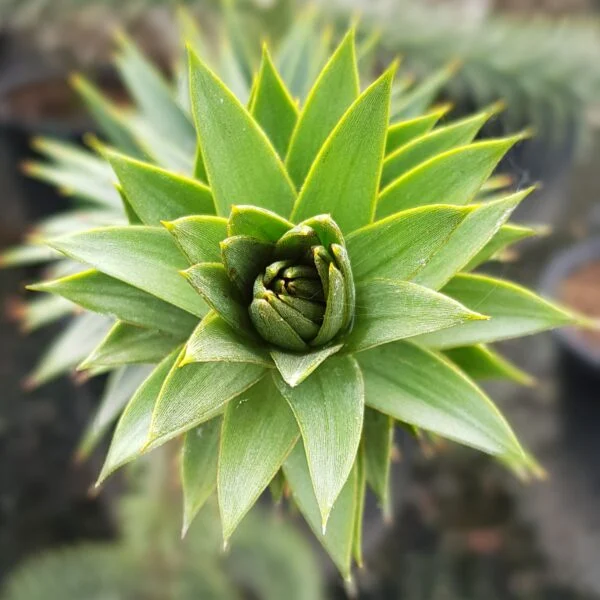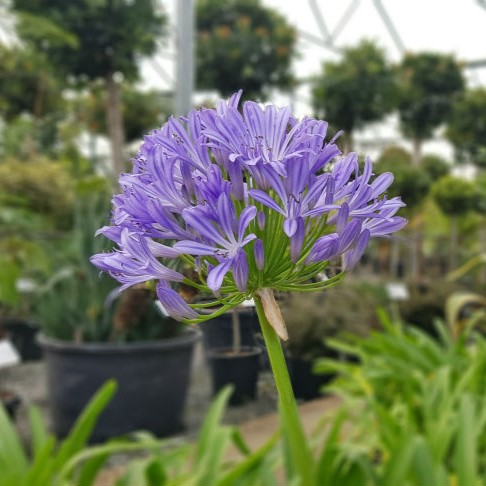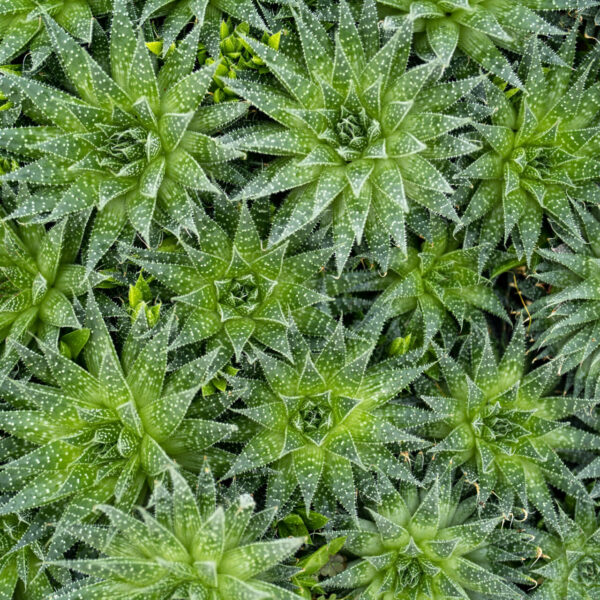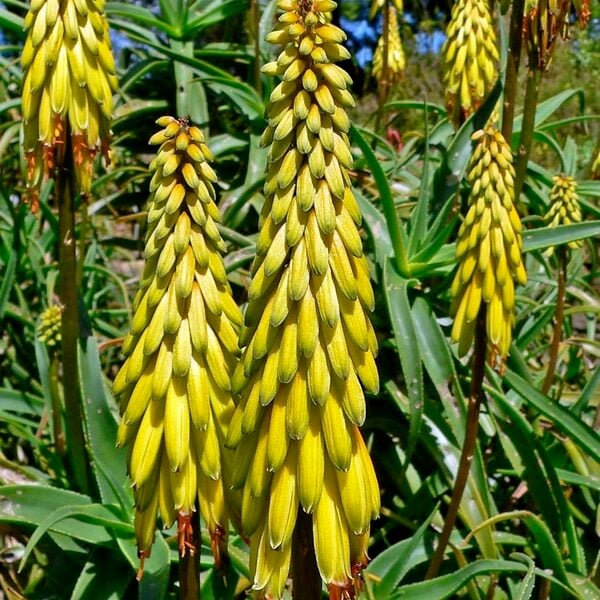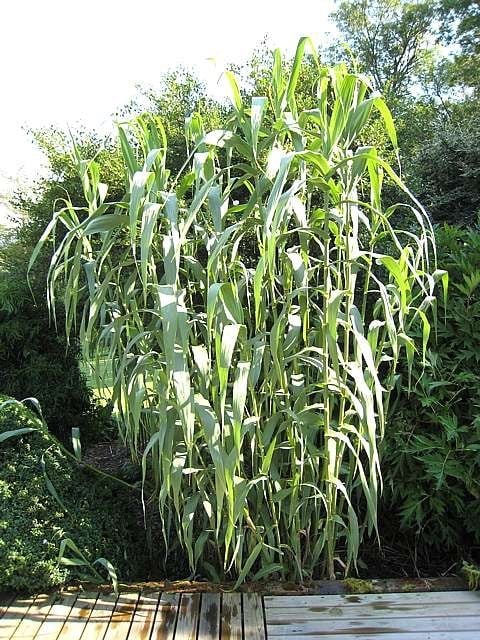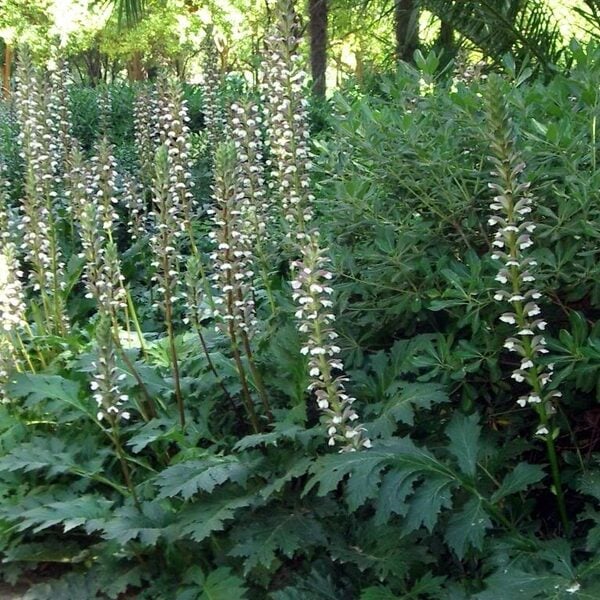Pseudopanax chathamica (Chatham Island Lancewood)
Long thin leathery leaves organised in an architectural manner on top of a slender trunk and if you think it sounds odd, try Pseudopanax crassifolius. Exotic. 15ft in 10 years. Please contact us for stock availability and size

Hardiness level Amber
Said to be a species of Pseudopanax from the Chatham Islands situated several hundred miles east of New Zealand. Its leaves bear a resemblance to the mature leaves of Pseudopanax crassifolia. Is that what it is?
It's evergreen and forms a stout broad bush or small tree and has masses of white flowers like its close relative - English Ivy. Can grow to 20ft after many years. A beautiful exotic rarity for any soil and any aspect in the milder parts of the country.
In common with all Pseudopanax, it will survive happily in a pot for longer than most. This is probably associated with the fact that many of these can be found as epiphytes in their native New Zealand - or 'Perching Plants' as they call them there. These are plants growing in large trees merely surviving from whatever food and moisture they can gather from the mother plant.
Propagated from cuttings by us from a small tree in Ventnor Botanic Garden on the Isle of Wight. Where did they get it from?
N.B. When clipping several plants with the same tool, have a bucket containing a 5% bleach solution and swish your blades around for 30 seconds between plants to sterilise them. This will help avoid the chance of cross contamination of disease.
As with all woody plants, plant high, exposing as much of the taper at the base of the trunk as possible. Allowing soil to accumulate round the base of a tree can be fatal. Keep very well watered when first planted.
Additional Information |
|
|---|---|
| Soil Type | |
| Light | |
| Plant Type | |
| Continent of Origin | |
| Specialist Plants | |
| Tree Size | |
| Situation | Coastal, Mild City Gardens, Plants for Pots, Sheltered Garden |
| Hardiness | |




